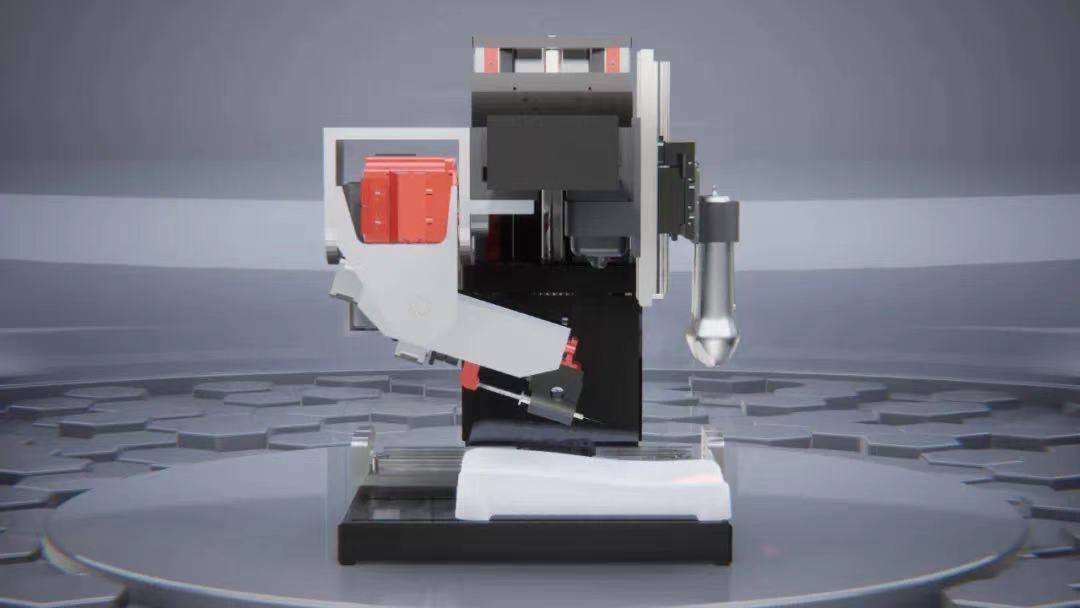
Photo taken on Jan. 21, 2021 shows the China-developed blood sampler. It can locate veins in patients quickly and safely, avoiding repeated needle insertion attempts on patients. (Photo provided to Xinhua)
BEIJING, June 2 (Xinhua) -- China's service robot market is projected to reach 75.18 billion yuan in 2023, reported China Securities Journal Tuesday quoting an expert from CCID Consulting, a consulting firm under CCID, a think tank under the Ministry of Industry and Information Technology (MIIT).
China has rolled out a basket of policies to bolster the healthy development of the service robot industry in recent years, said Yao Yinguo, an analyst with the Intelligent Equipment Industry Research Center of CCID Consulting, at a CCID Consulting results release press conference held recently.
After years of development, China has now realized layouts in the whole industrial chain of service robots, with a complete industrial ecosystem, and on the whole, the industrial chain can be divided into three links, namely the upstream key parts and software, the midstream robot body manufacturing and the downstream terminal application, added Yao.
Yao noted that the service robot industry has ushered in a number of favorable factors for development, including the opportunities in medical services brought by the increasing aging population and the regular epidemic prevention and control, the improvement of the performance of the robots driven by technological development, and supportive policies.
"We believe that the market structure of household robots will decrease year by year, and the market share of public service robots, medical robots and special robots will gradually increase," said Yao.
This is because that the COVID-19 pandemic has made people aware of the importance of non-contact services, and meanwhile the artificial intelligence technology and human-computer interaction technology demanded by public service robots, medical robots and special robots will be upgraded in the future, which will expedite the marketization process of such robots, Yao explained.
(Edited by Gu Shanshan with Xinhua Silk Road, gushanshan.1987@163.com)




 A single purchase
A single purchase









